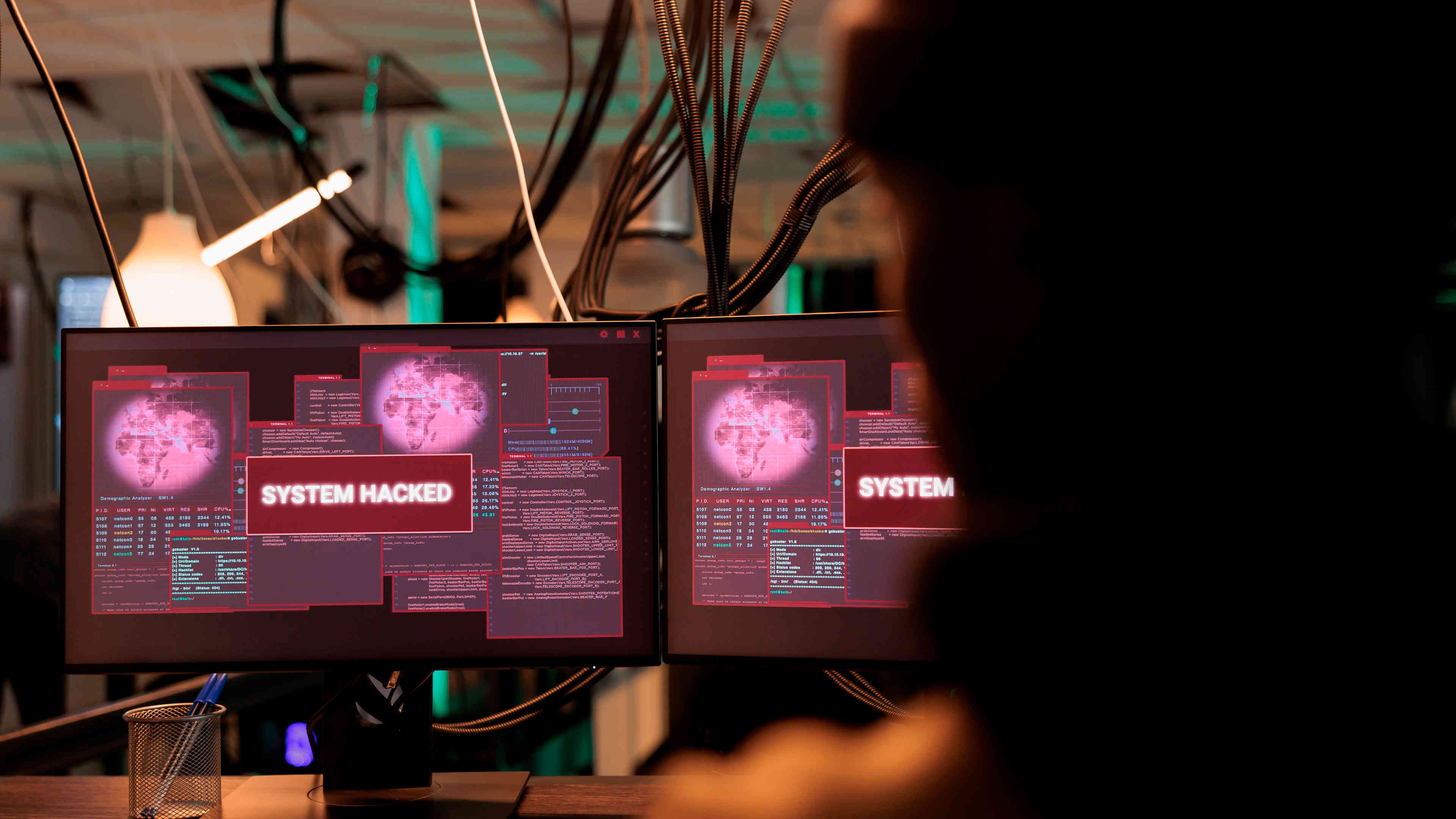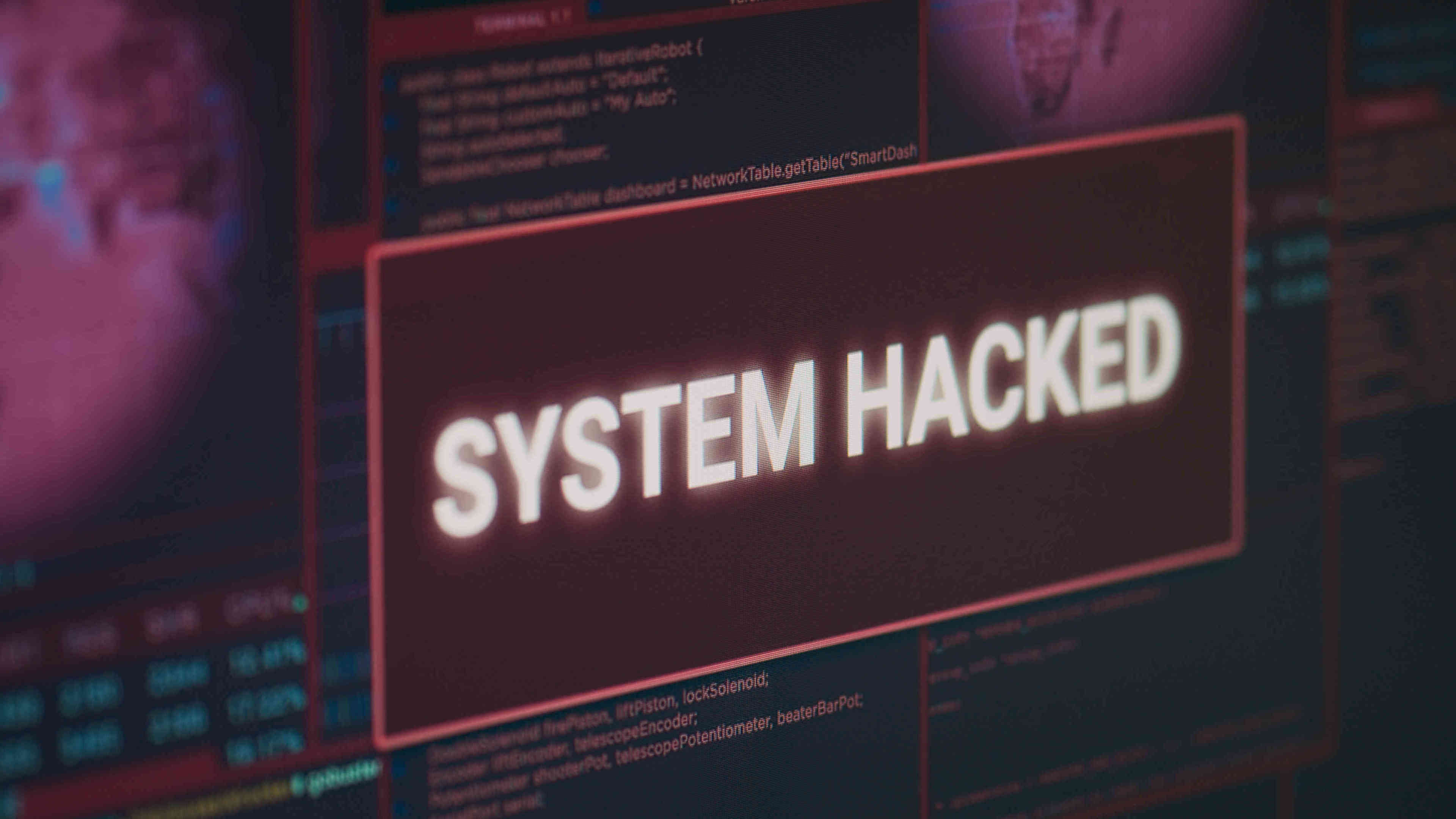Introduction
Microarchitectural side-channel attacks have long been a concern in the realm of cybersecurity, exploiting shared processor resources to clandestinely transmit sensitive information between security domains. While these attacks can manifest independently, they often serve as foundational elements for more sophisticated exploits, such as the infamous Spectre, which capitalizes on side channels to orchestrate controlled speculative execution and data exfiltration.
Researchers Unveil Pathfinder Attack, Exposing Vulnerabilities in Modern Processor Security Landscape
Recent revelations from a cohort of cybersecurity analysts have brought to light a novel threat named “Pathfinder,” designed to pilfer sensitive data from modern processors. This collaborative effort involved:
- Hosein Yavarzadeh from UC San Diego
- Archit Agarwal from UC San Diego
- Max Christman from UNC Chapel Hill
- Christina Garman from Purdue University
- Daniel Genkin from Georgia Tech
- Andrew Kwong from UNC Chapel Hill
- Daniel Moghimi from Google
- Deian Stefan from UC San Diego
- Kazem Taram from Purdue University
- Dean Tullsen from UC San Diego
Pathfinder Attack Steals Sensitive Data
The modus operandi of Pathfinder and similar attacks hinges on exploiting various shared microarchitectural components within processors. Caches, branch predictors, and translation buffers are among the prime targets for such exploits. While previous branch predictor attacks predominantly fixated on the conditional branch predictor, characterized by its simplistic model, their efficacy remained confined to manipulating coarse control flow exclusively.
The branch predictor, akin to a read/write scratchpad, becomes susceptible to advanced attack primitives, enabling malevolent actors to exploit the Pattern History Register (PHR) and Pattern History Tables (PHTs) to leak their values following a victim program's execution. Additionally, these primitives facilitate the execution of new Spectre attacks by preemptively overwriting them before invoking the victim.
Pathfinder emerges as a sophisticated tool capable of reconstructing the control flow graph of a victim function in real-time, given an executable code and the observed values of a Pattern History Register (PHR). The complexity of the PHR stems from its amalgamation of branch outcomes with multiple addresses, facilitating a nuanced capture of control flow, distinct from its singular counterpart. Leveraging binary analysis in tandem with an algorithmic approach empowers Pathfinder to ascertain all feasible paths of control flow corresponding to the observed PHR. Despite the size and intricacy of the update function employed by PHR, Pathfinder typically discerns a singular path. This tool not only elucidates runtime execution processes but also aids in analyzing leak attacks and uncovering novel Spectre variations.
Implications on Processor Security
JPEG, a prevalent lossy image compression standard, and libjpeg, a corresponding library for JPEG encoding and decoding, inadvertently become entangled in the labyrinth of Pathfinder's exploits. The IDCT implementation within libjpeg streamlines computation by optimizing for constant rows and columns in the coefficient matrix. This optimization inadvertently unveils the original image by divulging the constancy of specific rows and columns through runtime control flow analysis.
The aftermath of Pathfinder's exploits underscores the ease with which the Pattern History Register state can be compromised, divulging critical information regarding global branch ordering and runtime control flow. The precise poisoning of PHT through read-and-write attacks, targeting specific loop iterations, underscores the imperative of accounting for non-deterministic speculative control flows in Spectre mitigations. Diverging from its predecessors confined by biases or recent branch outcomes, Pathfinder encompasses all branches traversed throughout the program's execution, encompassing thousands of branches.
Conclusion
In conclusion, the emergence of Pathfinder accentuates the urgent need for fortified security measures within modern processors. As cybersecurity landscapes continue to evolve, threats like Pathfinder underscore the importance of proactive defense strategies. Mitigating microarchitectural vulnerabilities demands collaborative efforts from industry stakeholders, academia, and cybersecurity professionals. By staying vigilant and embracing robust security protocols, the technology community can effectively combat emerging threats and safeguard sensitive data from exploitation.










